Deepwater Horizon
On April 20, 2010, the Deepwater Horizon oil rig, leased by BP, exploded in the Northern Gulf of Mexico. Eleven workers were killed trying to put out the flames. For 87 days, 4.9 million barrels of crude oil spilled into the Gulf of Mexico. The oil washed up on shorelines from Texas to Florida. Countless animals died in the polluted waters, and business owners and fishermen who depend on the Gulf for their livelihood took a huge economic hit.
View Deepwater Horizon: Timeline | Videos | LOOP podcasts
TIMELINE
VIDEOS
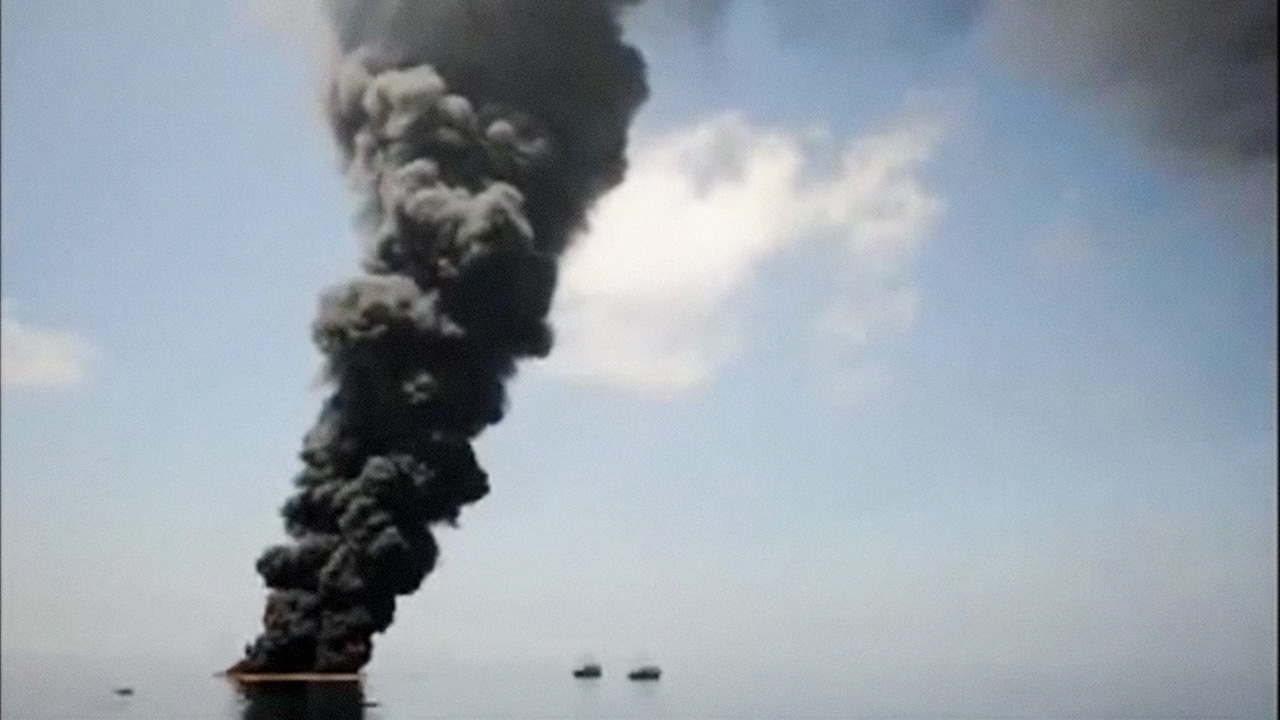
Beneath the Horizon
Beneath the Horizon looks at what life is like now in the Gulf and what we can expect for recovery in the future. We dive into the Deepwater Horizon blowout and compare it to other oil spills in the region to get a long-term perspective on oil spill recovery. The videos here tell the stories of the people and environment that were impacted. After the Deepwater Horizon explosion, we ask: can the environment actually be restored? If so, how long will it take?
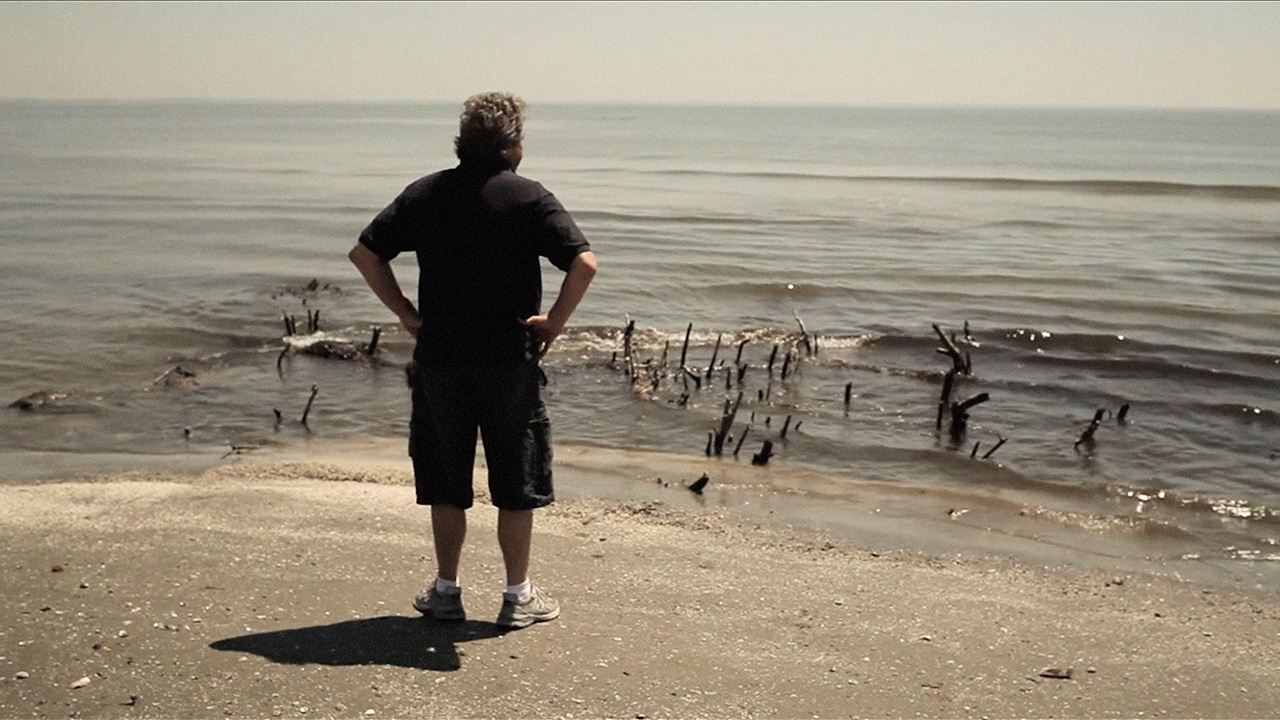
How Much Remains Below?
Born and raised along the Gulf Coast, shrimper Dean Blanchard says life for him never returned to normal following the spill. Join Dean for a journey through the region as he reveals how contamination still affects his environment and livelihood.
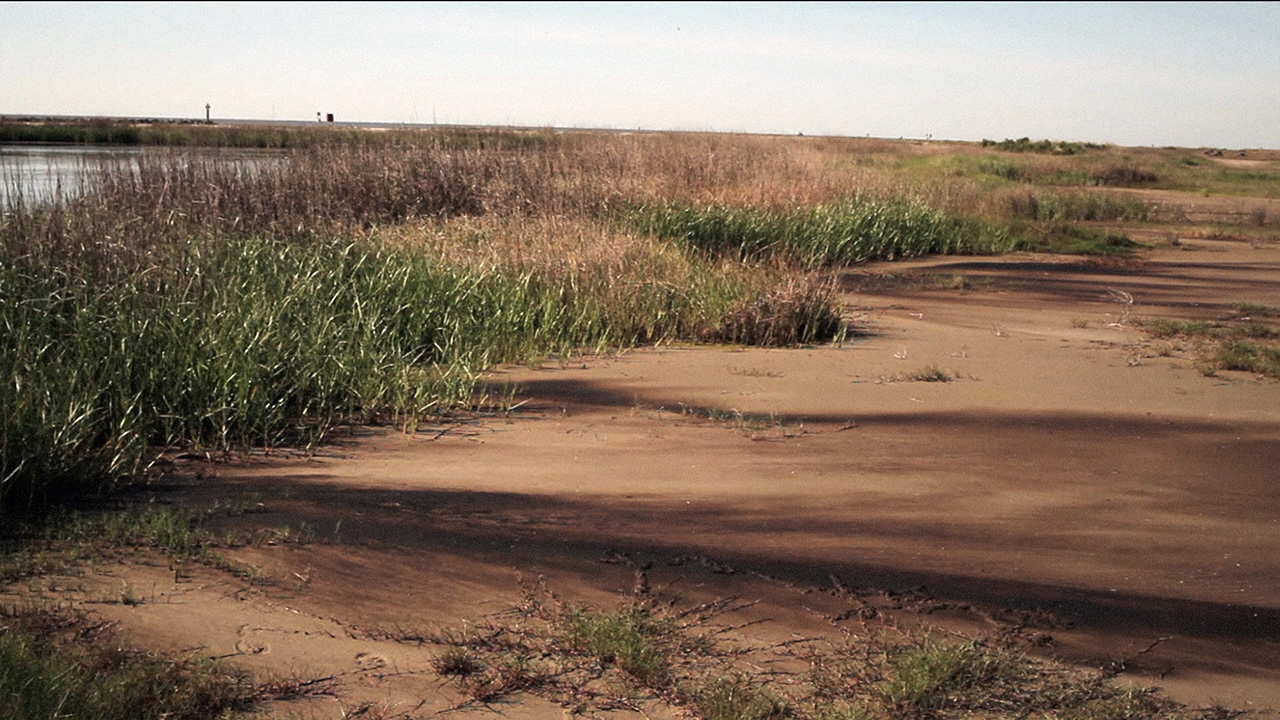
A Complex Recovery
Is the environment recovering? Has it gotten worse? It depends on who you ask—and both observations might might actually be correct. Watch to learn about how many factors affect the health of the Gulf seven years on.
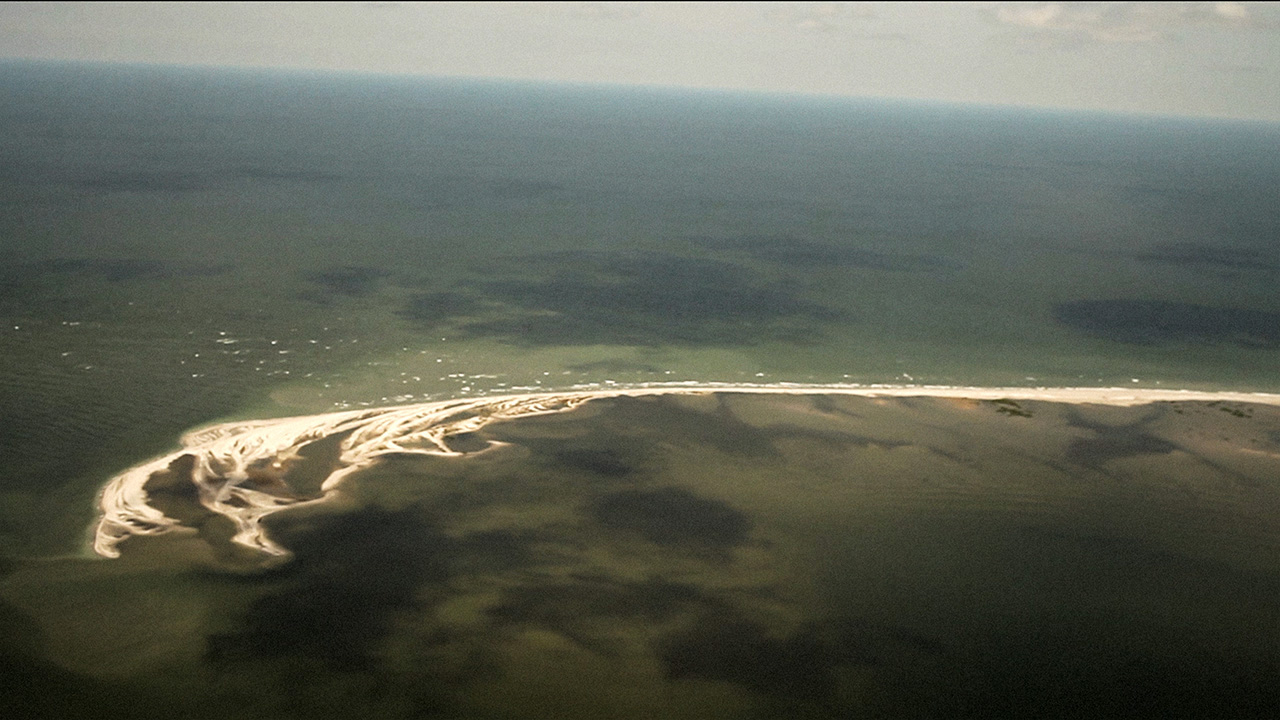
Can the Gulf Be Restored?
For the past century the Gulf Coast has been eroding because of industrial runoff, canal building and more recently because of sea level rise linked to anthropogenic global warming. When the Deepwater Horizon oil spill hit more was lost. Watch to see what’s being done to put resiliency back into the system.
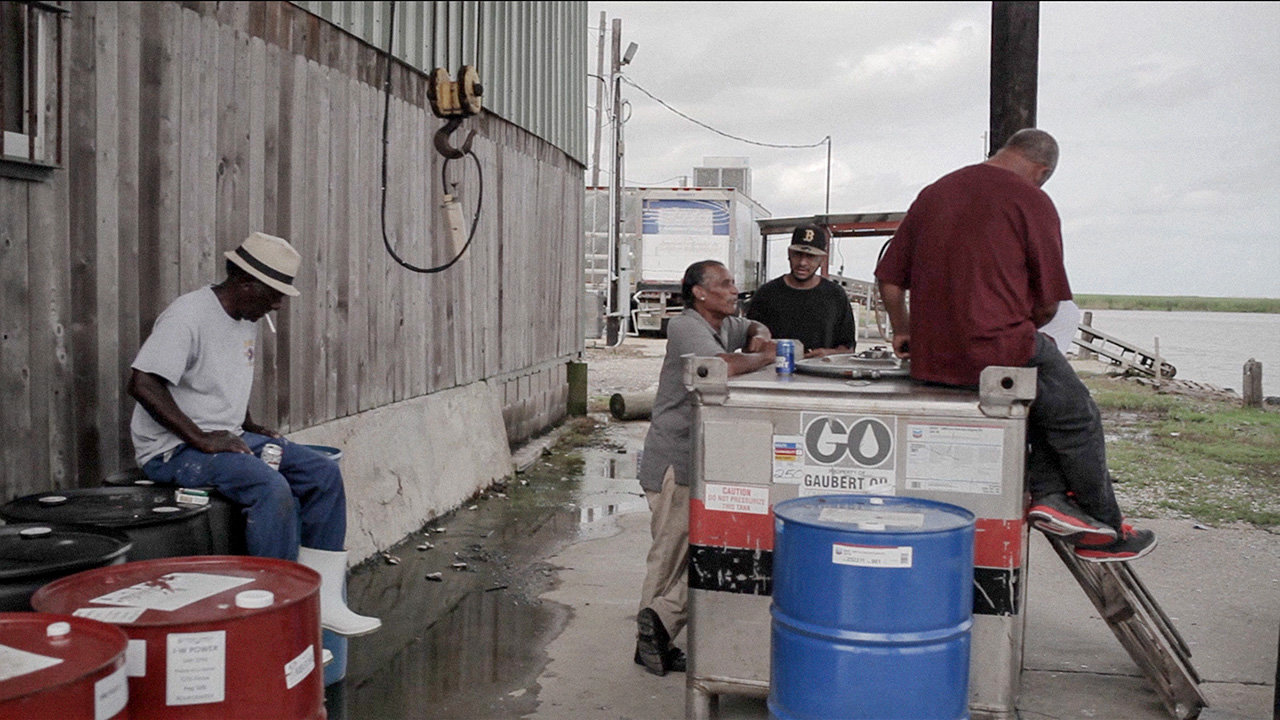
The Folly of Human Decisions
Oil was not the only threat to the Gulf Coast: watch to see how human decisions in the spill's aftermath made the disaster worse and what’s still being done to correct those fateful decisions.
THE LOOP PODCAST
Episode 1: Overview of C-IMAGE
C-IMAGE PI Dr. Steven Murawski talks to David Levin about the research goals of our center and the importance of integration when tackling large scale impacts.
Episode 2: The Mud and the Blood
C-IMAGE PI's Steven Murawski and David Hollander on board the Weatherbird II in August of 2012 talking to David Levin about looking for impacts of the Deepwater Horizon spill on the mud and the fish in the Gulf of Mexico.
Episode 3:The "not-so-visible" impacts of the Deepwater Horizon oil spill on the Gulf of Mexico
Three years after the BP oil well disaster, scientists are struggling to understand the effects on the Gulf ecosystem. From Mind Open Media, David Levin reports on the oil's impact on the tiny creatures that form the base of the food chain
Episode 4: Fitting the Gulf of Mexico inside a computer: how to build an ecosystem model
David Levin talks with C-IMAGE members Cameron Ainsworth, Jason Lenes, Michelle Masi and Brian Smith about building an Ecosystem Model of the Gulf of Mexico to describe how oil spills impact marine life.
Episode 5: The Pressure is On!
Mind Open Media's David Levin talks with C-IMAGE PI Steven Murawski and scientists from the Technical University of Hamburg at Harburg Michael Schluter and Karen Malone about their high pressure experiments ongoing at their facilities. They are looking at oil and gas droplets under high pressure to learn more about the Deepwater Horizon oil spill.
Episode 6: Oil: It's what's for dinner...
C-IMAGE scientists want to know more about how oil-eating microorganisms behave in the cold deep ocean to learn more about what happened to the oil from the Deepwater Horizon blowout. High pressure experiments underway at our high pressure facility at the Hamburg University of Technology focus on how these microbes use oil and what happens to them in the process. Results from these studies may lead to a new way to clean up spills by eliminating its most poisonous ingredients.